
Planetary Picture of the Day
Week of August 12, 2024
Our beautiful blue world, the Sun in ultraviolet, Saturn in wallpaper mode, plus a Martian landscape and photo of its moon, Phobos.
Monday, 12 August 2024
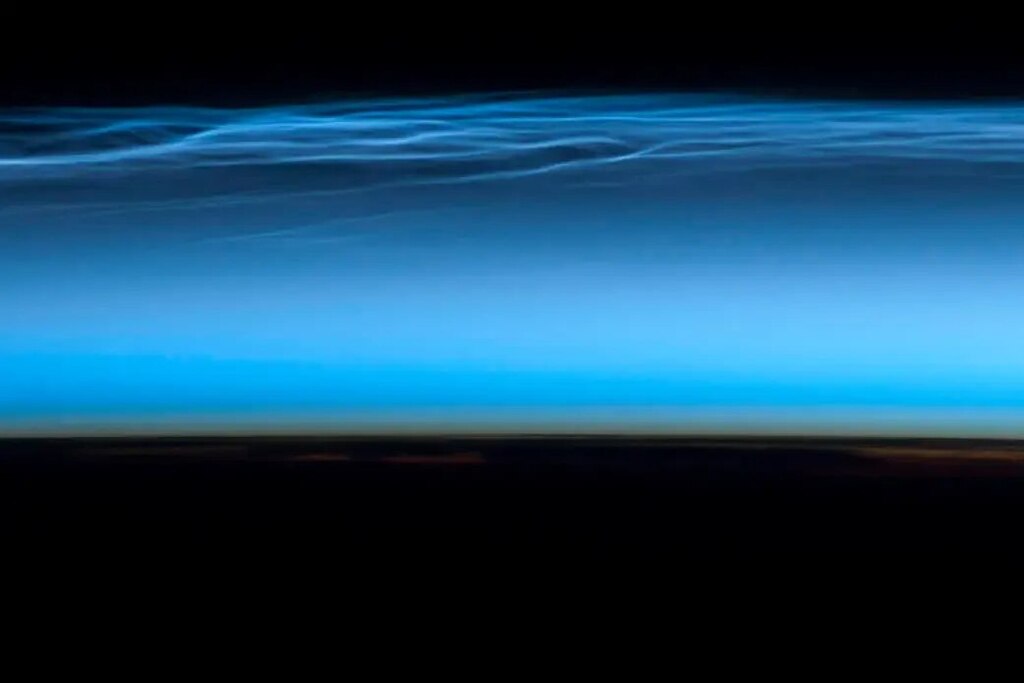
Fragile Blue Bubble
This is what has been protecting us from annihilation for the past 4.5 billion years. Noctilucent clouds (NLCs) are seen from the International Space Station (ISS) at the peak of their visibility. Astronauts on the ISS took this picture near the top of Earth’s atmosphere on July 13, 2012.
Tuesday, 13 August 2024
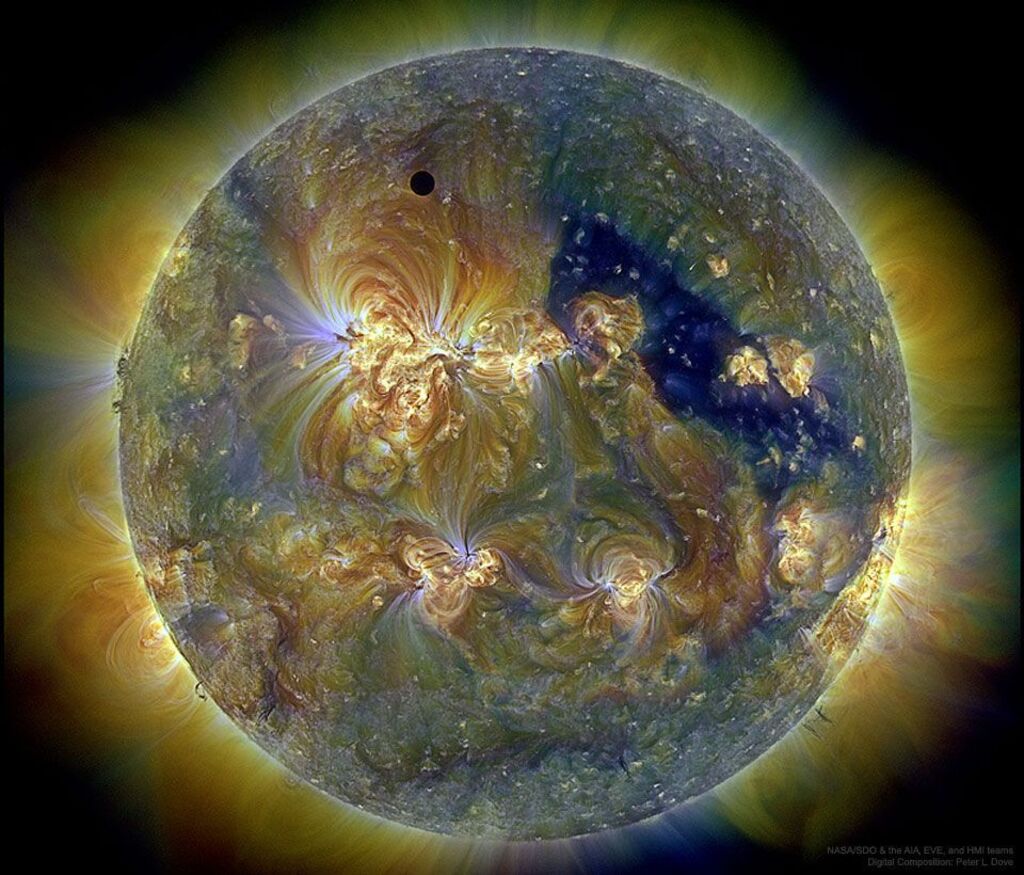
Venus and the Triply Ultraviolet Sun
This was a very unusual type of solar eclipse. Typically, it is the Earth's Moon that eclipses the Sun. In 2012, though, the planet Venus took a turn. Like a solar eclipse by the Moon, the phase of Venus became a continually thinner crescent as Venus became increasingly better aligned with the Sun. Eventually, the alignment became perfect and the phase of Venus dropped to zero. The dark spot of Venus crossed our parent star. The situation could technically be labeled a Venusian annular eclipse with an extraordinarily large ring of fire. Pictured here during the occultation, the Sun was imaged in three colors of ultraviolet light by the Earth-orbiting Solar Dynamics Observatory, with the dark region toward the right corresponding to a coronal hole. Hours later, as Venus continued in its orbit, a slight crescent phase appeared again. The next Venusian transit across the Sun will occur in 2117.
Wednesday, 14 August 2024
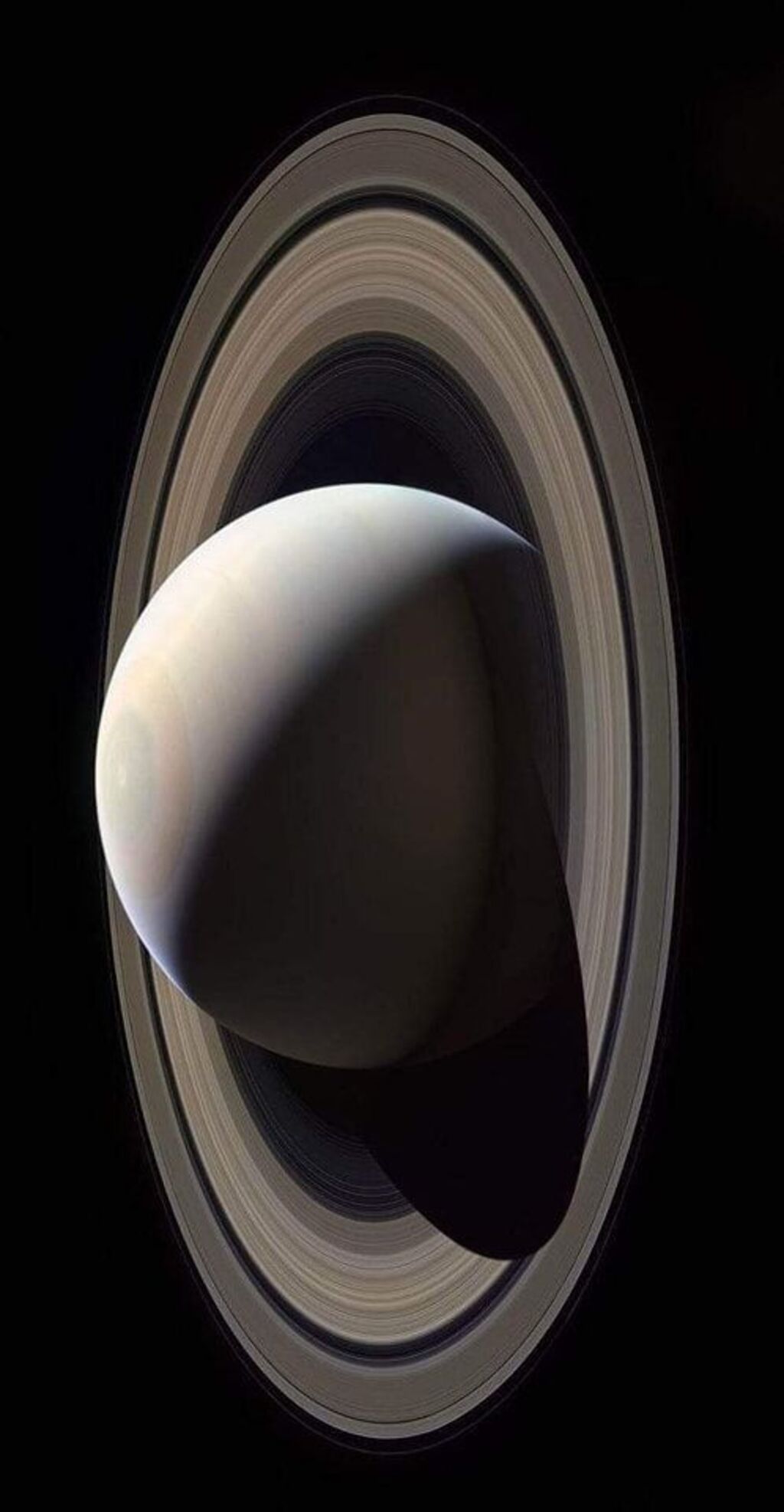
So Far From Home
With this view, Cassini captured one of its last looks at Saturn and its main rings from a distance. Images taken on Oct. 28, 2016, with the wide-angle camera using red, green, and blue spectral filters were combined to create this color view.
Thursday, 15 August 2024
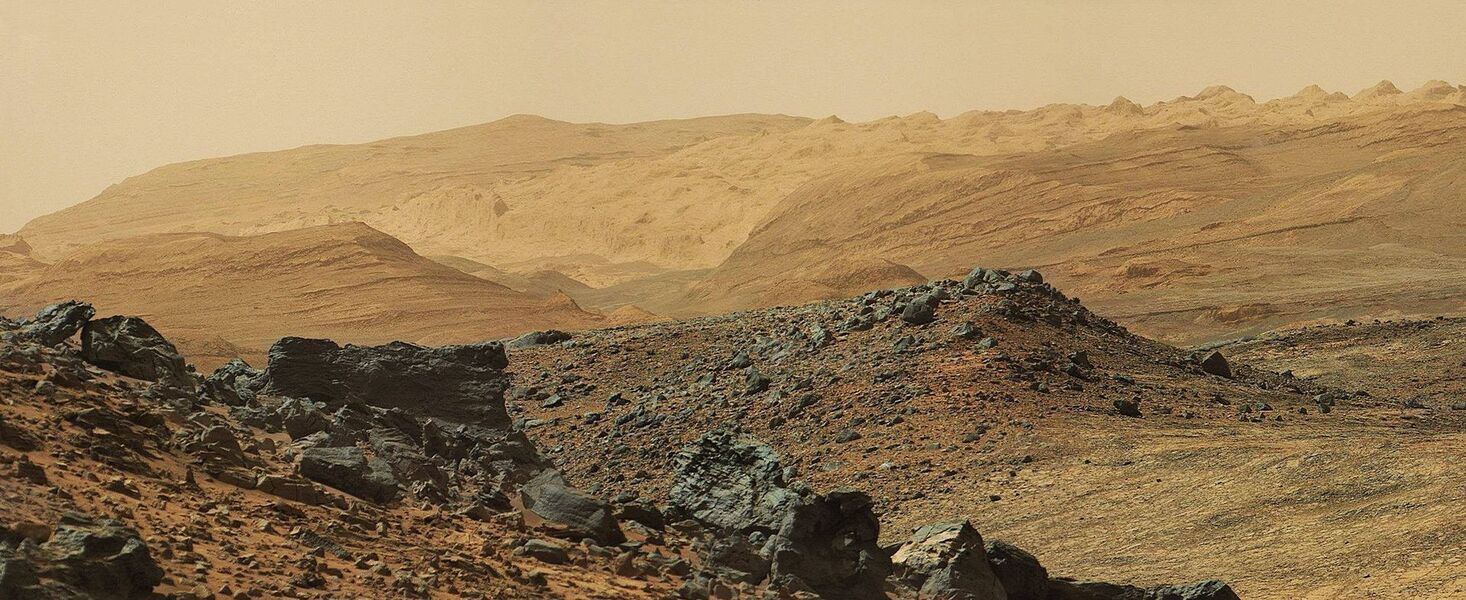
Martian Landscape
A mosaic of three enhanced right-side mast camera images from sol 952 (11th April 2015), taken by NASA's Curiosity rover. Features Mt Sharp in the distance.
Friday, 16 August 2024
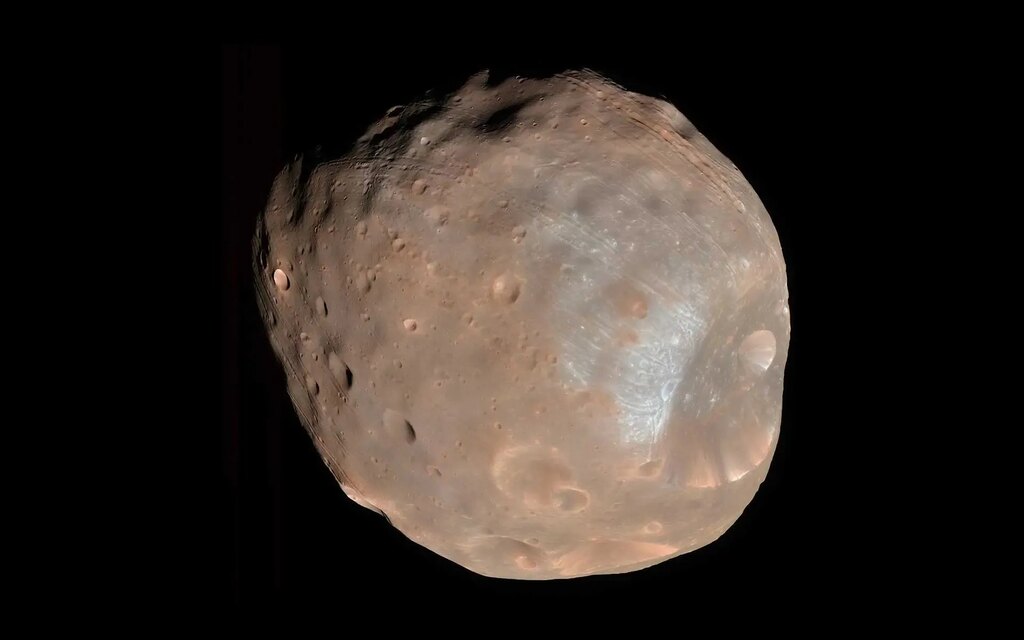
Martian Moon
Discovered on 18 August 1877, Phobos is the larger of Mars's two moons (27 by 22 by 18 kilometers in diameter). This image was taken by NASA's High Resolution Imaging Science Experiment (HiRISE) camera on the Mars Reconnaissance Orbiter.
Phobos orbits Mars three times a day and is so close to the planet's surface that in some locations on Mars it cannot always be seen.
Phobos was nearly shattered by a giant impact and has gouges from thousands of meteorite impacts.
Phobos is on a collision course with Mars. It's nearing Mars at a rate of 1.8 meters every hundred years. At that rate, the moon will either crash into Mars in 50 million years or break up into a ring.





